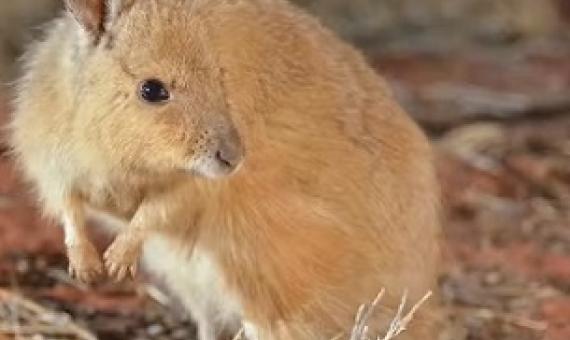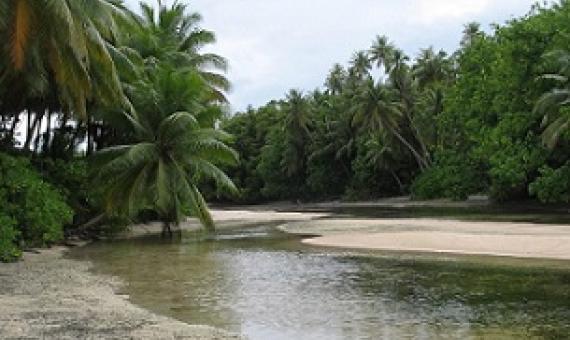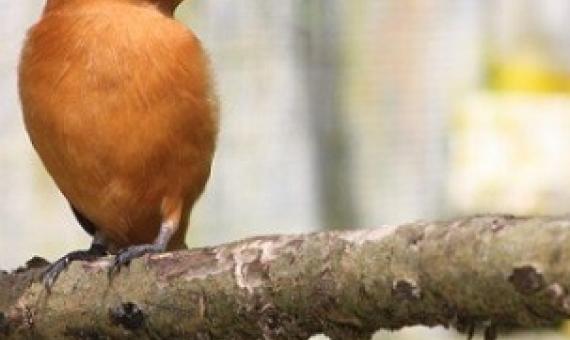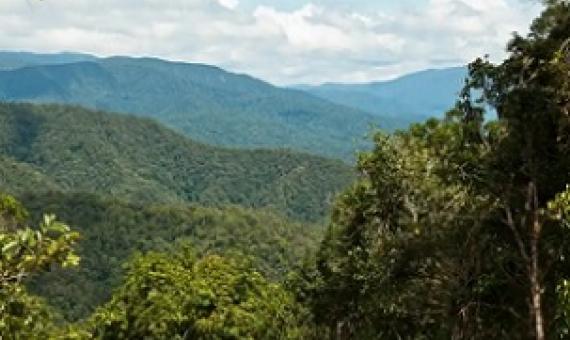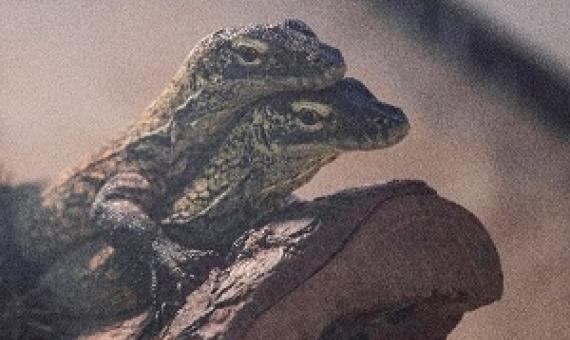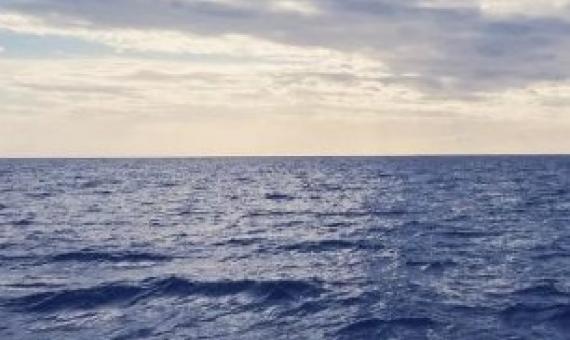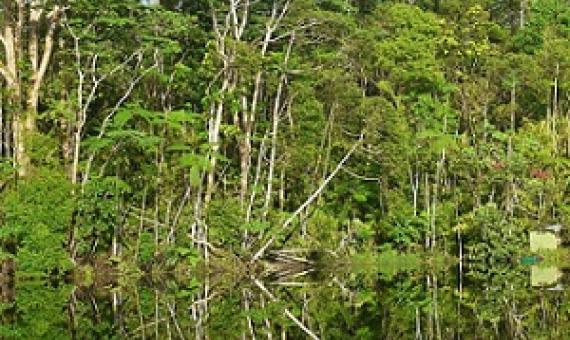Last month, Sir David Attenborough called on United Kingdom residents to “go wild once per week”. By this, he meant taking actions which help rather than harm the natural world, such as planting wildflowers for bees and eating more plant-based foods. Australia should follow suit.
A team of researchers from the German Center of Integrative Biodiversity Research (iDiv) and Martin Luther University Halle-Wittenberg (MLU) has now found that species that evolved to more extreme body sizes compared to their mainland relatives have a higher risk of extinction than thos
Global Protected Areas as refuges for amphibians and reptiles under climate change
Protected Areas (PAs) are the cornerstone of biodiversity conservation. Here, we collated distributional data for >14,000 (~70% of) species of amphibians and reptiles (herpetofauna) to perform a global assessment of the conservation effectiveness of PAs using species distribution models. Our analyses reveal that >91% of herpetofauna species are currently distributed in PAs, and that this proportion will remain unaltered under future climate change. Indeed, loss of species’ distributional ranges will be lower inside PAs than outside them.
New research examining the perilous state of dying species calls for urgent international conservation efforts to develop unified management plans that could help plants and animals return from the brink of extinction.
The story of the biodiversity crisis starts with a cold-case murder mystery that is tens of thousands of years old.
More than half of species whose endangered status cannot be assessed due to a lack of data are predicted to face the risk of extinction, according to a machine-learning analysis published Thursday.
"Biodiversity loss is one of our biggest environmental challenges in the world, probably more important than climate change. The problem of climate change can be corrected by stopping the emission of more carbon dioxide into the atmosphere.
Conserving marine biodiversity, avoiding species extinction and maintaining food security from wild capture fisheries can all be achieved simultaneously if a global, non-regionalized approach to marine spatial management is undertaken by the signatories of IUCN Resolution 50, which calls for the
Over-extraction of the environment, pollution of the environment, and illegal trading are all factors that could lead to the extinction of endangered species.
Predator species may buffer the negative impacts of climate change by mitigating against the loss of biodiversity, according to new research led by scientists in Trinity College Dublin and Hokkaido University.

